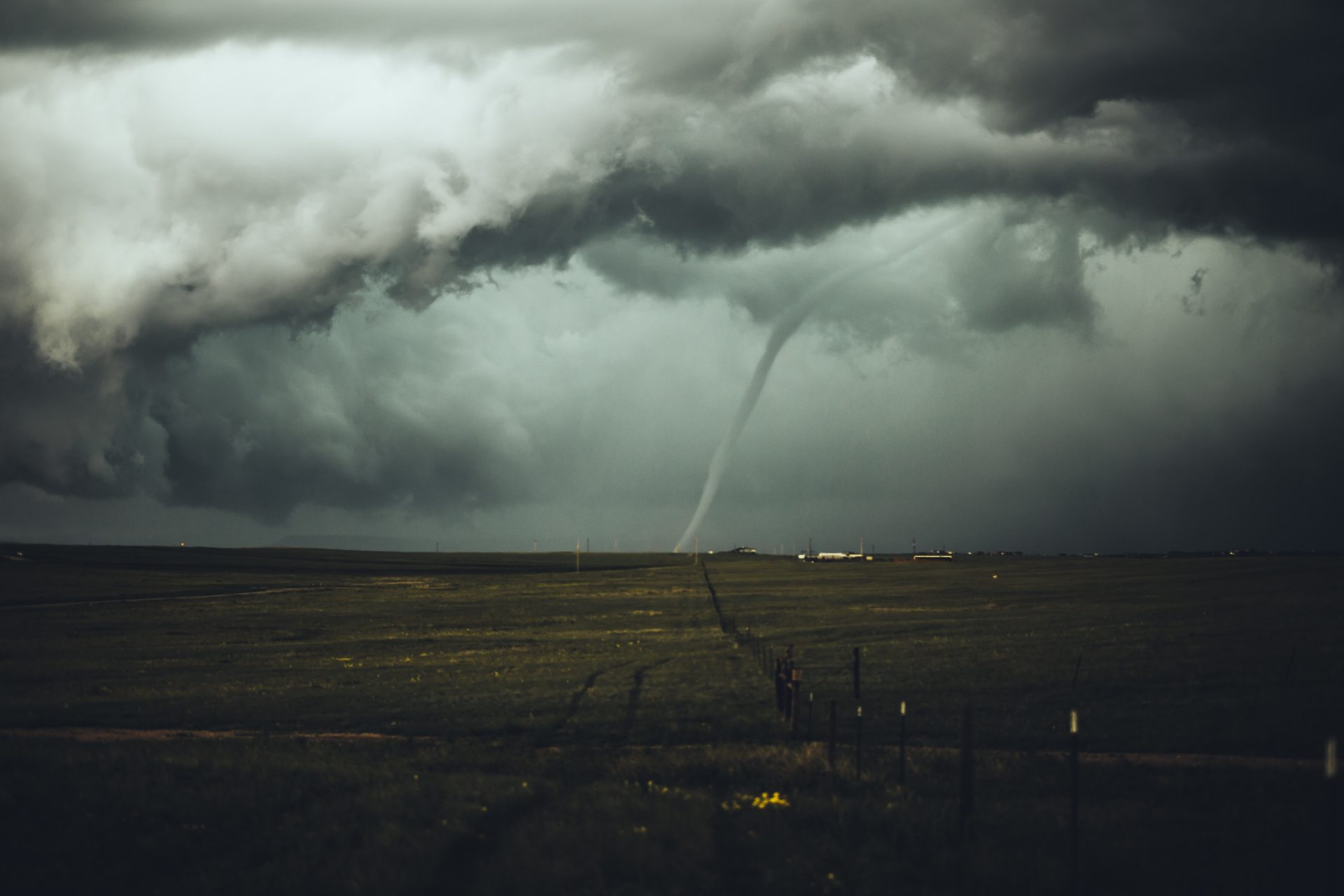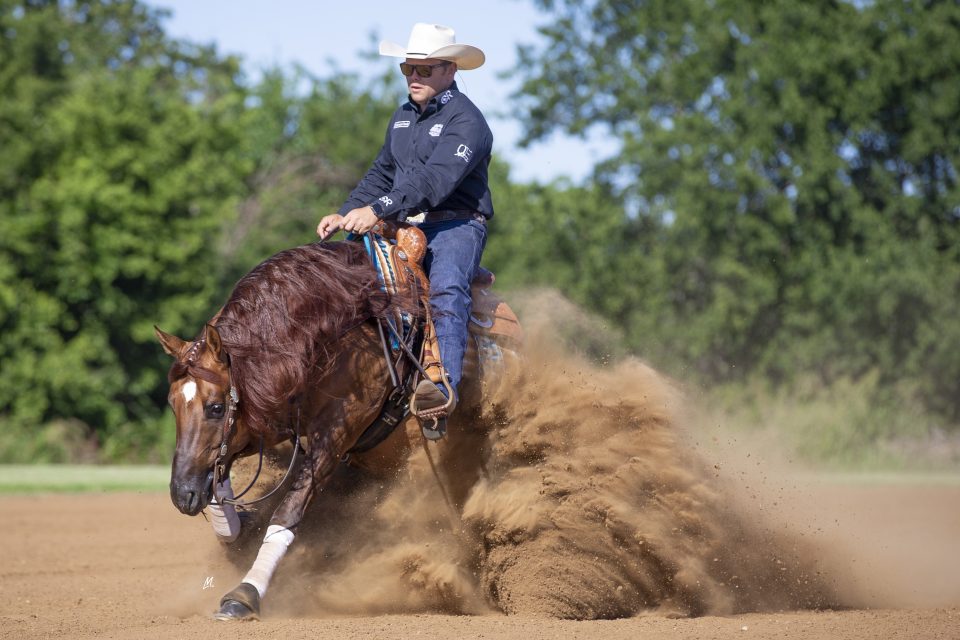When faced with a worst-case scenario, how will you share information with your clients?
By Katie Navarra

When everything is running smoothly, you feel like you can conquer anything life throws your way. A major win at an event or even a breakthrough in a horse’s training rewards the long hours and hard work of your profession. But there’s a chance you’ll have to address a crisis—whether it’s your own health, the health of a client’s horse, or the force of Mother Nature.
“Most people simply don’t know what to do in a crisis,” said David Fuscus, president and CEO of Xenophon Strategies, a Washington D.C. public relations firm. “Chances are, 99% of the time if you’re involved with a crisis, it’s the first time you’ve been involved in one. You have to shape the story that comes wherever that plays out—the media, social media, or within the industry.”
It’s impossible to predict every scenario, but here are five situations that you’re likely to encounter as an NRHA Professional and tips for working through them, with tips from Bud Roebuck and Devin Warren, in this four-part series.
Part 1: Devastating Weather Event
The Crisis: Devastating Weather Event
In 2017, Bud Roebuck faced Hurricane Irma at his Lake Placid, Florida, facility. He invited clients to the barn and offered the options of leaving or taking their horses home during the Category 4 storm. All felt confident his place was safe, and 23 horses were left in his care. The hurricane missed the property, but it spun out a tornado that ripped nearly the entire roof off the barn. The 130- to 140-mile-per-hour winds collapsed metal beams into one horse’s stall, causing a severe injury.
“The horse was still alive when I got down here [to the barn], but had some pretty bad cuts with that tin coming down,” he said.
Storm conditions and damage delayed rescue efforts. As soon as the horse was freed, they took him to a nearby clinic where the veterinarian recommended euthanasia because the trauma compromised the horse’s joints and injured the vertebrae behind the ear.
First step: Contact the owner. Roebuck provided all clients updates throughout the night, but when he discovered one horse had been hurt, he contacted that owner immediately. He shared frequent updates on the horse and developed a plan of action with the owner. This is key to establishing a collaborative effort between the owner and the trainer.
Getting word out: Phone first. Social media second. “My wife and I tried to call each client individually,” he said. “The ones we couldn’t reach, we messaged.” After efforts were made to reach customers directly, the Roebucks posted available details on Facebook.
Follow up: Honesty is the best policy. The client who lost their horse in the storm has continued to send horses for training, including two 2021 futurity prospects. “Let people know exactly what’s happening,” Roebuck said. “When you’re honest, they’re very understanding.”
Read the rest of this series at the links above.



